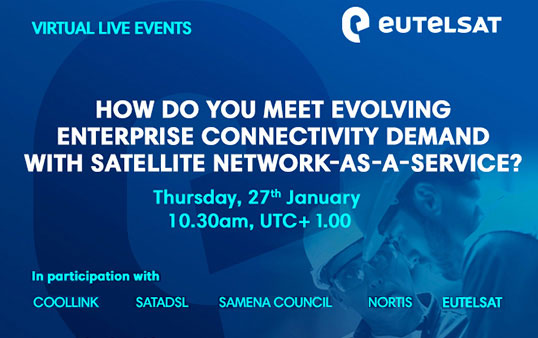The Internet of Things
The Internet of Things (IoT) is quite simply, the way the world is going. It describes how objects are starting to become connected, communicating data and relaying orders without requiring human-to-human or even human-to-computer interaction.
IoT means that, because everything is connected, hundreds of decisions and actions can be automated based on the data received from remote devices, and human input can be informed by immediate information gained from sources around the world.
In other words, IoT is the next evolution of interconnected networking through the internet.
Why IoT is important for businesses
IoT provides businesses better insight into and control over the objects and environments that previously were not connected to the internet. With IoT, enterprises can monitor and run operations in extremely remote areas and, more importantly, gain valuable data and insights on remote assets almost instantaneously.
As you can imagine, there are countless applications for IoT networks. With uses ranging from the monitoring of power plants and oil and gas pipelines, to Smart Cities, farming operations, point-of-sale locations, and the latest security solutions, IoT will play an integral part of everyday management and operations.
With more data from more sources, and faster data processing, the opportunities enabled by IoT are limitless. Consequently, the number of business-related IoT connections worldwide is forecast to grow sevenfold between 2018 and 2028, to over 5 billion connected devices (Analysys Mason).
Through IoT, businesses and people can be more connected to the world around them professionally and socially, enabling them to do more meaningful, higher-level work. However, obtaining reliable access to the internet remains a prominent obstacle, as not everyone has access to a reliable, global IoT service.
Many businesses are unable to reach remote assets due to insufficient coverage, or prohibitively expensive solutions. Terrestrial networks only cover 15% of the Earth’s surface, albeit 50% of the land mass. While this is acceptable for consumer internet requirements, it’s far from sufficient for objects in remote, professional environments. These circumstances have led to a reliance on cellular solutions due to a lack of more effective connectivity technologies for IoT.
However, due to modern advancements, there are alternatives that are more reliable, robust and efficient in the form of satellite-based IoT services.
Satellite vs Cellular and LPWA Networks
Cellular services used to manage remote assets and operations come with a few challenges. As cellular solutions are based on the demands of connecting people, rather than objects, they often do not provide ubiquitous connectivity, especially in areas where the population is scarce.
Many enterprises operate in remote areas where cellular connectivity is limited, and have thus sought out alternatives to cellular connectivity, especially in technologies for IoT. One such solution is satellite-based IoT services - a strong alternative whether you compare satellite vs cellular or satellite vs LPWA networks.
LPWA (Low-Power Wide-Area) networks are a new type of non-cellular protocol, and were developed to satisfy IoT applications that require long range, low bit-rate and low power consumption. Despite their rapid adoption over the past decade, LPWA networks still face challenges due to fragmented regulations and a lack of global connectivity. This is a challenge that modern satellite solutions are able to overcome with relative ease.
Satellites have unique advantages to connect IoT assets, offering truly ubiquitous coverage which can reach objects with limited or no access to terrestrial networks. It is highly reliable with guaranteed SLA’s and delivers a consistent service across the coverage. Combining satellite technology with terrestrial IoT will be the key that professionals need to ensure connectivity to their assets, no matter where they are.
While it is true that satellite technology is the ideal complement to terrestrial IoT networks, past adaptations were not designed for IoT and therefore were more expensive and complex than other solutions. Today, satellite for IoT has never been more affordable, available and accessible than through services like Eutelsat IoT FIRST.





